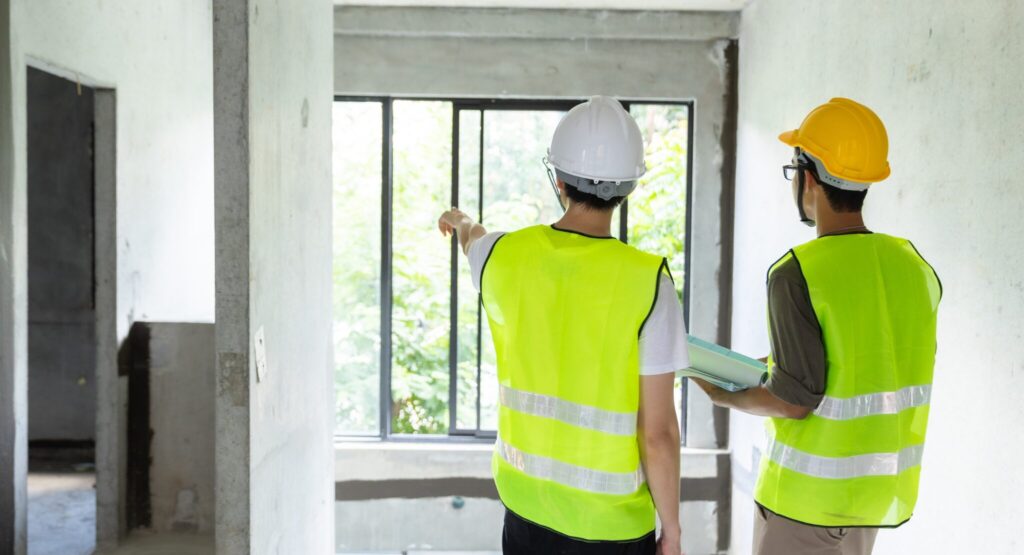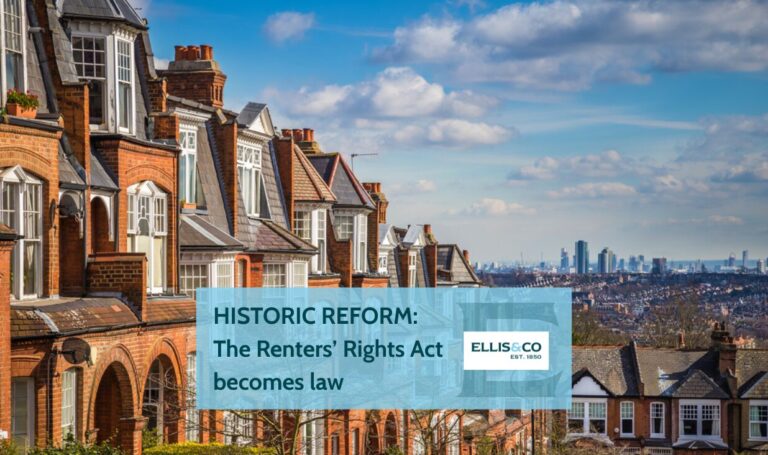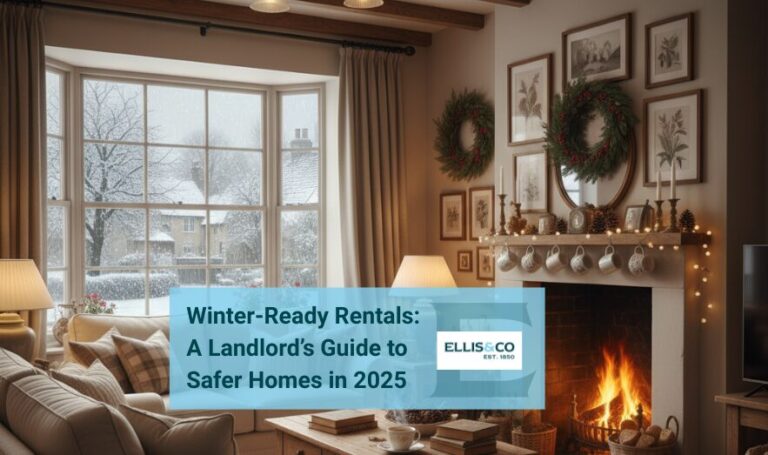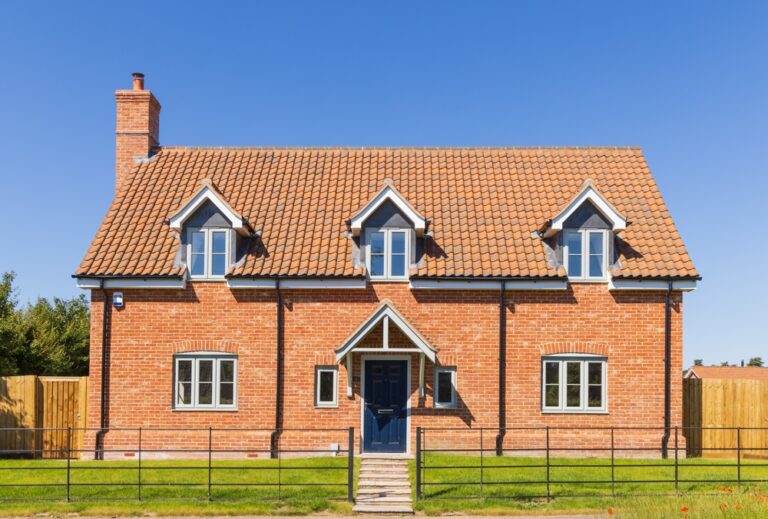If you own a leasehold flat in a multi-storey building, the word cladding has likely come up in recent years, and not always in reassuring ways. Since the Grenfell Tower tragedy, cladding safety has become a central issue for leaseholders, landlords, and developers across the UK.
This guide will help you understand what cladding is, how the law has changed, and what your rights and responsibilities are under the Building Safety Act 2022.
What is cladding?
Cladding refers to the materials attached to the external walls of a building. It’s often used for insulation, weather protection, and aesthetics. Common types include metal, plastic, wood, and composite panels.
Some types of cladding, particularly aluminium composite material (ACM), have come under scrutiny due to their fire risk. In the wake of several high-profile incidents, regulations have tightened significantly.
The impact of Grenfell
The Grenfell Tower fire in 2017 resulted in 72 deaths and brought the risks of unsafe cladding into the national spotlight. Investigations revealed that the building’s cladding system contributed significantly to the fire’s spread.
The tragedy prompted a series of reviews, reforms, and new safety regulations aimed at improving building standards and protecting residents, particularly those in leasehold flats within high-rise blocks.
The Building Safety Act 2022
Introduced in response to the Grenfell Inquiry, the Building Safety Act 2022 aims to improve the safety of residential buildings over 11 metres or five storeys in height.
Key changes include:
- More rigorous safety responsibilities for building owners and developers
- Financial protections for qualifying leaseholders
- Greater transparency around building materials and maintenance
EWS1 form
The EWS1 form (External Wall System form) is a certificate that confirms whether a building’s cladding system has been professionally assessed for fire risk.
How to find out whether your property needs an EWS1 form
You may need an EWS1 form if you’re buying, selling, or remortgaging a flat in a building with cladding. It depends on the building’s height, structure, and materials used. Your managing agent or freeholder should know whether your building qualifies.
Who’s responsible for organising the EWS check
The building’s freeholder or managing agent is usually responsible for arranging the EWS assessment and paying for the report, although this can vary. If the check hasn’t been done, buyers and lenders may be reluctant to proceed.
How long does it take to get an EWS1 form?
Depending on demand and the complexity of the building, it can take several weeks or even months to obtain a completed form. Delays in access, scheduling inspections, or awaiting fire engineer reports can slow things down.
Responsible Actors Scheme
The Responsible Actors Scheme was introduced to hold major developers accountable for historical safety defects, particularly around cladding. Those who join the scheme agree to cover the cost of fixing unsafe buildings they played a role in constructing or refurbishing.
As of 2023, over 50 developers have joined, helping to limit costs passed onto leaseholders.
When are leaseholders liable to pay for work if the building is unsafe?
The Building Safety Act offers leaseholders better protection, but liability may still depend on:
- The type of building (generally over 11m or five storeys)
- Whether the lease qualifies under the rules
- Whether the developer or a third party is responsible
The Building Safety Act 2022 – Better financial protection for leaseholders
If you are a qualifying leaseholder (someone living in their only or main home or with no more than three properties in total), your liability for safety-related costs is capped. You’re not expected to pay anything for cladding remediation on your building.
For non-cladding issues, such as fixing balconies or insulation, leaseholders may still be liable up to a capped amount, depending on the property’s value.
New Building Safety Regulators
The Building Safety Act introduced a new Building Safety Regulator, overseen by the Health and Safety Executive (HSE). This regulator is responsible for:
- Overseeing the safety and performance of all buildings
- Enforcing compliance with the Building Safety Act
- Holding accountable those responsible for managing building risks
They also ensure that safety issues are not ignored or delayed, particularly in high-risk residential buildings.
Leaseholders and Landlord Certificates
Under the new rules, building owners must provide Landlord Certificates, and leaseholders must submit Leaseholder Deed of Certificates to determine who pays for remediation work.
If you’ve received a request to complete a leaseholder certificate, it’s important to return it accurately and on time, as it confirms your status and eligibility for protection under the Building Safety Act.
Do you own a leasehold property?
Understanding your rights and responsibilities when it comes to cladding can be overwhelming, especially with so many changes to the law.
At Ellis & Co, we work closely with leaseholders, landlords and buyers to provide clear advice and support through every step of the process. Whether you’re preparing to sell, renewing your mortgage, or simply want to know where you stand, we’re here to help.
Further reading from Ellis & Co
- Should I invest in property instead of saving?
- 9 tips for buy-to-let success
- Everything you need to know about damp for landlords and tenants







